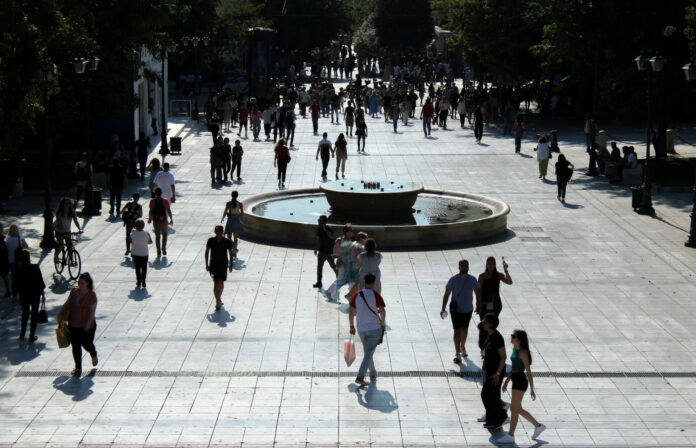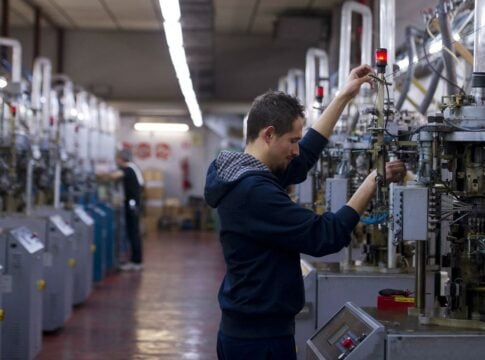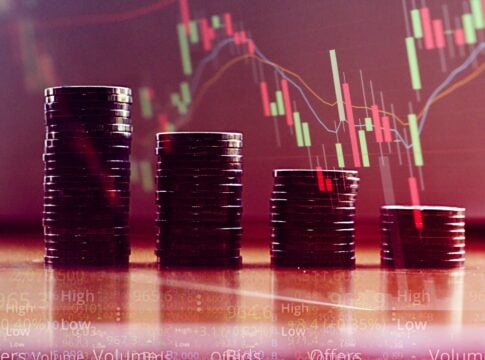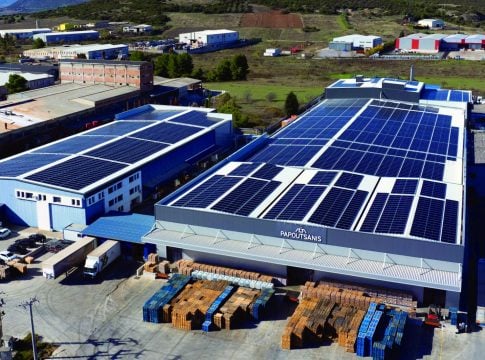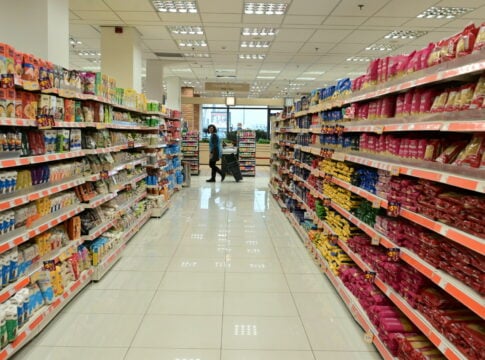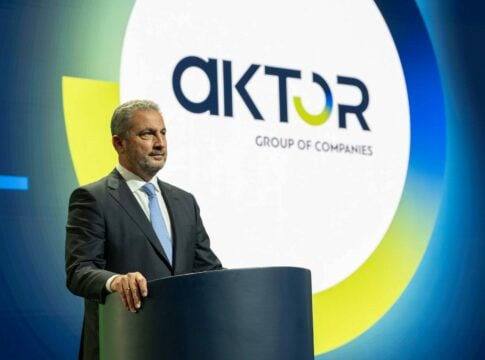Why is purchasing power in decline when GDP is rising and unemployment is falling? This is essentially the big question and the thorn of the Greek economy. An economy that ranks among the first in the eurozone and at the same time its workers deviate significantly from the European average.
It is a problem that has been highlighted repeatedly by the Eurostat, which revealed that Greece is lagging behind the former Eastern Bloc states such as Slovakia, the Czech Republic, Poland or even Romania in terms of purchasing power. The only “consolation” was Bulgaria, which remained one step below us.
However, in the latest issue of the Centre of Planning and Economic Research (KEPE), signed by Vlasis Missos, Greece ranks last in terms of the average salary per accrued working hour, calculated in terms of common purchasing power, with Greek workers being poorer than Bulgarians.
The countries of Eastern and Central Europe, as well as the Baltic, were once the poorest, by far, member states. Today we are lagging behind them in GDP per capita expressed in terms of purchasing power. How is this possible when Greek growth rates are galloping?
We have repeatedly seen in foreign media (Economist, FT) that “Greece is the growth champion,” in the eurozone. But that is one side of the coin.
Fitch gave us an explanation a few months ago. In an interview with “Naftemporiki” last April, Federico Barriga Salazar, Senior Director, Global Sovereigns & Supranationals of Fitch, explained that Greece would have to grow at more than double the rate of growth (as is happening today) than the rest of the eurozone for many years in order to achieve the European average in per capita income.
The outperformance that we saw in the previous two years and will see this year as well as in 2025 is simply not enough to close the gap that was opened in a decade of painful crisis. After 2025 and especially after 2026, when we will no longer have the significant funds of the Recovery and Resilience Facility (RRF), the country’s growth potential is estimated to slip to close to 1% to 1.5%.
Purchasing power is a key indicator
Purchasing power indices are increasingly used as they are considered more appropriate for comparisons between countries than GDP per capita and wages, which show the year-to-year trend of household income in the same country. And this is because a country can show an increase in wages, but a much higher increase in the cost of living which translates into a loss for the workers.


